In the operational framework of modern industry, the air compressor serves as the tireless “heart of the air supply,” injecting power into every breath of the production line. The pressure regulator, acting as the “rhythm controller” of this heart, has its adjustment accuracy directly determining the energy efficiency, service life, and safety of the air supply system. Today, we will delve deep into the secrets of adjusting air compressor pressure regulators—from theoretical analysis to practical operations—to uncover the core code of precise industrial air source control.
The adjustment of an air compressor’s pressure regulator is achieved by setting an appropriate pressure differential between start-up and shutdown to ensure efficient and stable system operation. The process includes preparation, safe operation, precise adjustment, and testing verification, with differences between mechanical and intelligent regulators. Regular maintenance, such as cleaning contacts and inspecting springs, helps extend equipment lifespan. The application of intelligent technology can further improve energy efficiency and reduce failure rates.
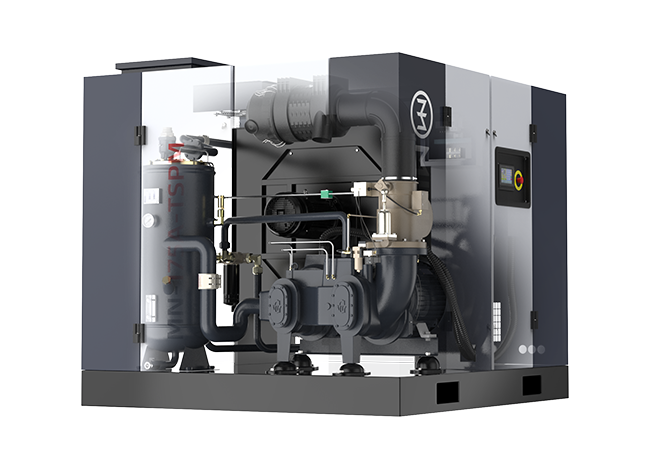
I. Pressure Regulator: The “Heart Controller” of the Air Compressor System
In modern industrial systems, the air compressor, as the core power source of compressed air, directly affects production line efficiency and energy costs through its stable operation. The pressure regulator, acting as the control center of the air compressor system, carries the key function of sensing air pressure changes and triggering start/stop commands. It uses mechanical or electronic sensing devices to monitor the pressure in the air tank in real-time, comparing it with preset thresholds to control motor operation, thereby maintaining pressure within a safe and efficient range.
From a structural perspective, traditional mechanical pressure regulators consist mainly of pressure sensing components (e.g., diaphragm, bellows), spring mechanisms, and micro switches. When air pressure causes diaphragm displacement, a linkage mechanism compresses or releases the spring, triggering the micro switch to control the motor. Intelligent regulators incorporate electronic sensors and microprocessors. Pressure values can be directly set via LCD screens, and precise regulation is achieved through PID algorithms, with additional functions such as fault diagnosis and data logging.
Multidimensional Impact of Pressure Regulator Performance on the System
Core Node for Energy Control
Studies show that for every 0.1 MPa increase above the rated pressure, compressor energy consumption increases by 6%-8%. If the pressure regulator is set too high, the compressor frequently runs in an unloaded state, during which the motor consumes 30%-40% of its rated power without performing work. For example, a 22 kW air compressor operating 8000 hours annually can incur energy losses of tens of thousands of yuan due to excessive pressure.
Determinant of Equipment Lifespan
When pressure fluctuation exceeds 0.2 MPa, the wear rate of piston rings and valve components increases more than threefold due to pressure surges causing water hammer effects that impact pipelines and valves. An automotive manufacturer experienced excessive pressure fluctuation due to regulator failure, leading to 12 valve replacements in one year and an additional maintenance cost of nearly 200,000 yuan.
Invisible Defense Line for Production Safety
In industries sensitive to air quality, such as food processing and pharmaceuticals, insufficient pressure may cause pneumatic valves to fail to open or close properly, resulting in leakage or contamination risks. In high-risk sectors like mining and metallurgy, abnormal pressure can impact ventilation and lifting equipment safety, potentially triggering production accidents.
II. Standardized Operating Procedures for Pressure Regulator Adjustment
(1) Preparation: Creating a Safe Operating Environment
Dual Safety of Power Cut and Pressure Release
After turning off the compressor power, ensure the circuit breaker in the control cabinet is off and hang a “Do Not Energize” warning sign in the work area. For large systems, also close inlet and outlet valves for physical isolation. When releasing system pressure, open the tank’s drain valve slowly, avoid the exhaust outlet, and wait until the gauge reads zero, then let it sit for over five minutes to ensure no residual pressure.
Precise Tool and Instrument Setup
- Pressure Measurement Tools: Use anti-vibration pressure gauges with accuracy no less than grade 1.6 and a range of 0–1.6 MPa. Use PTFE tape to seal connections to prevent leakage.
- Adjustment Tools: Prepare flathead/Phillips screwdrivers (preferably torque-calibrated precision screwdrivers). For electronic regulators, prepare a multimeter for contact resistance testing.
- Protective Gear: Wear gloves and goggles to avoid injuries from spring ejection or loose parts.
(2) Scientific Setting of Pressure Parameters
Principles for Determining Basic Parameters
- Rated Working Pressure: Refer to the equipment nameplate or manual, usually 0.7–1.0 MPa for industrial compressors. Adjustments must not exceed 1.1 times the rated pressure.
- Start-Stop Pressure Difference: Traditional range is 0.1–0.2 MPa, but should be adjusted based on tank size and air consumption using the following formula:

(Where Q = average air consumption, t = desired run time, V = tank volume, P1 = start pressure, P2 = stop pressure)
Example: For a 1m³ tank, 0.5m³/min consumption, 10-minute runtime → pressure difference ≈ 0.15 MPa.
Practical Case Example
Screw compressor (Rated pressure: 0.8 MPa, Tank: 0.6m³, Air use: 0.3m³/min):
For 15-minute runtime → ΔP ≈ 0.12 MPa
Final setting: P1 = 0.68 MPa, P2 = 0.80 MPa → meets demand and avoids frequent cycling.
(3) Fine-Tuning Techniques for Regulators
Mechanical Regulator Step-by-Step Adjustment
- Identify Knob Functions: Most have two knobs labeled “Cut-in” (start) and “Cut-out” (stop). Some old models have fixed differential; adjust start first, then stop, or vice versa depending on the design.
- Start Pressure Adjustment: Turn the knob clockwise to increase spring tension (higher pressure needed to trigger start), counterclockwise to decrease. Adjust in ≤0.05 MPa increments and wait 3–5 minutes for stabilization.
- Stop Pressure Adjustment: In fixed-differential models, adjusting stop also shifts start accordingly; in variable-differential models, stop pressure can be adjusted independently.
Digital Operation of Intelligent Regulators
- Enter Setting Mode: Press “SET” for 3 seconds → “P1” appears → use ▲▼ to adjust → press “ENTER” to set “P2”.
- Advanced Features: Some models support hysteresis adjustment, unit conversion, and start delay (e.g., 5s delay prevents simultaneous compressor starts).
- Parameter Verification: Enter “TEST” mode to simulate pressure changes and check actual vs. set values. Allowable error: ±0.02 MPa.
(4) Full Process Testing and Dynamic Validation
No-Load Trial Run Check
Power on and observe if the start pressure matches the setting (≤±0.01 MPa error). At stop pressure, the motor should shut off instantly. If the peak exceeds stop pressure by >0.03 MPa, re-adjust the stop knob.
Stability Test Under Load
Connect the main air-consuming equipment, simulate full load for 1 hour, record pressure every 15 minutes. Ideal fluctuation range: ±0.05 MPa. If pressure drops below start point without restarting, check sensor or contact issues.
Safety Feature Verification
Manually block the sensor inlet to simulate failure. The compressor should stop within 30 seconds. If not, inspect the safety valve and electrical protection circuit.
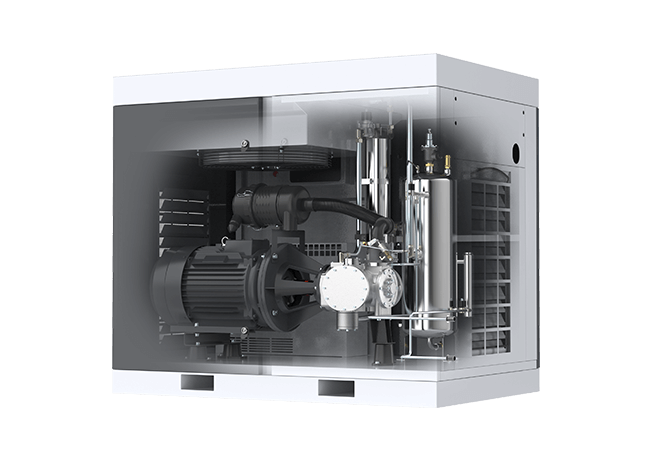
III. Common Fault Diagnosis and Maintenance Strategy
(1) Quick Troubleshooting for Typical Faults
| Fault Symptom | Possible Cause | Solution |
| Pressure keeps rising | Loose stop knob / Broken spring | Tighten knob or replace spring, reset pressure |
| Motor won’t start | Start pressure too high / Burnt contacts | Lower start pressure, polish contacts or replace switch |
| Pressure fluctuates >0.1 MPa | Incomplete tank drainage / Aged diaphragm | Drain water, replace sensor diaphragm |
| Regulator noise | Loose linkage / Spring resonance | Tighten parts, adjust spring preload |
(2) Key Points for Preventive Maintenance
- Contact Maintenance: Clean micro switch contacts with alcohol quarterly; check resistance annually (should be <0.5Ω; replace if >1Ω).
- Spring Check: Annually inspect for rust or deformation. Use a spring tester—replace if elasticity loss >10%.
- Sensor Calibration: Calibrate intelligent regulator sensors every two years; record parameters beforehand and re-match after calibration.
IV. Intelligent Upgrades: From Manual Tuning to Adaptive Control
With the rise of industrial IoT, next-gen air compressor pressure systems have become intelligent. For example, MINNUO’s smart compressors equipped with i-Pressure control system use built-in transmitters and edge computing to collect air usage data and apply fuzzy logic for dynamic pressure tuning. During off-peak hours, the system lowers stop pressure; during peak hours, it widens pressure differential to prevent frequent starts that strain the power grid.
This system also supports remote tuning via a cloud platform, allowing technicians to view pressure curves and update settings in real-time on mobile. A chemical company using this system reduced energy consumption by 12%, fault rates by 40%, and improved pressure regulation efficiency by over 60%.
V. Golden Rules for Safe Operation
- Never Overpressure: Never set stop pressure beyond the compressor’s maximum rated value to avoid explosion risk.
- Two-Person Operation: High-pressure adjustments must be performed by two personnel—one operator, one observer—for emergency response.
- Traceable Records: Log date, pre/post pressure values, and operator name after each adjustment to create a maintenance archive.
VI. Conclusion
Adjusting a compressor pressure regulator is not merely about turning knobs—it’s a systematic engineering task involving fluid dynamics, electrical control, and equipment maintenance. To learn more about MINNUO’s smart compressor pressure control solutions, feel free to contact our technical consultants for customized energy-saving optimization advice.

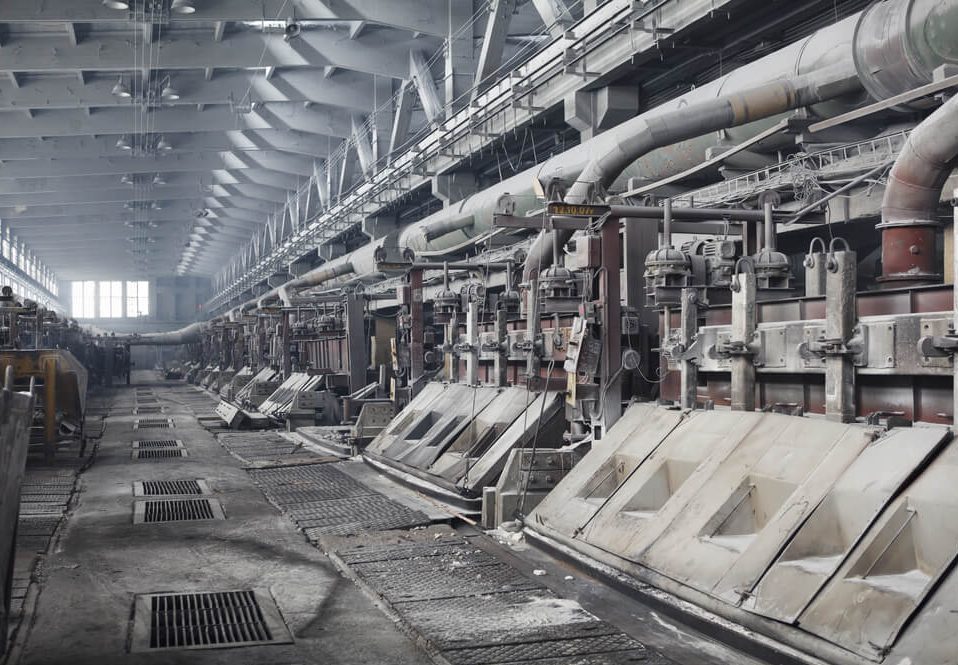
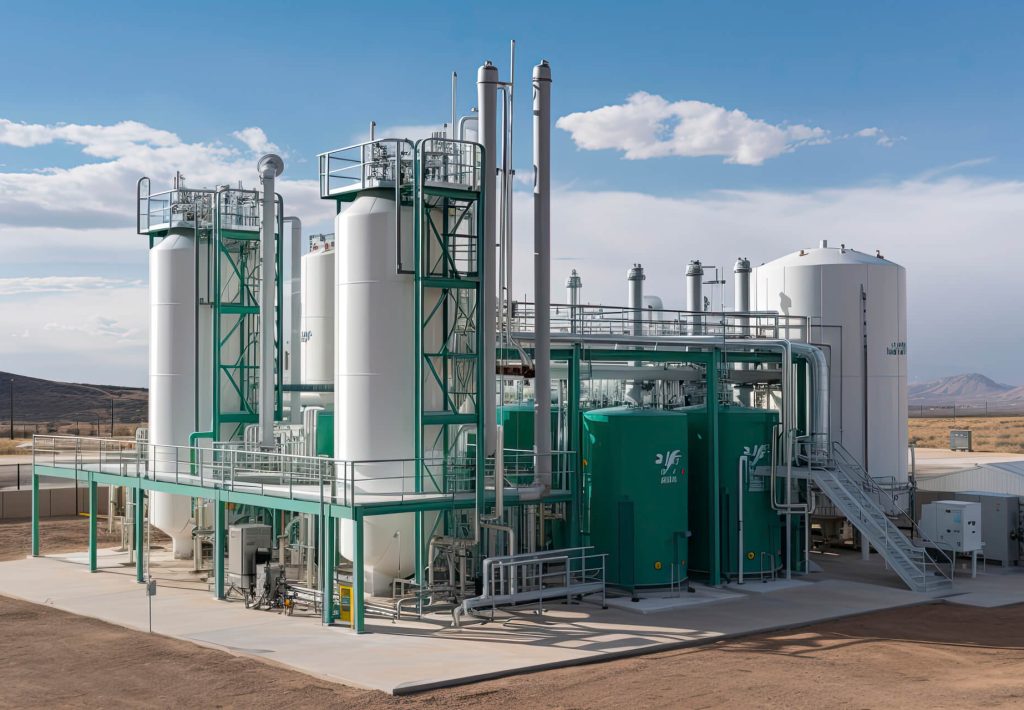
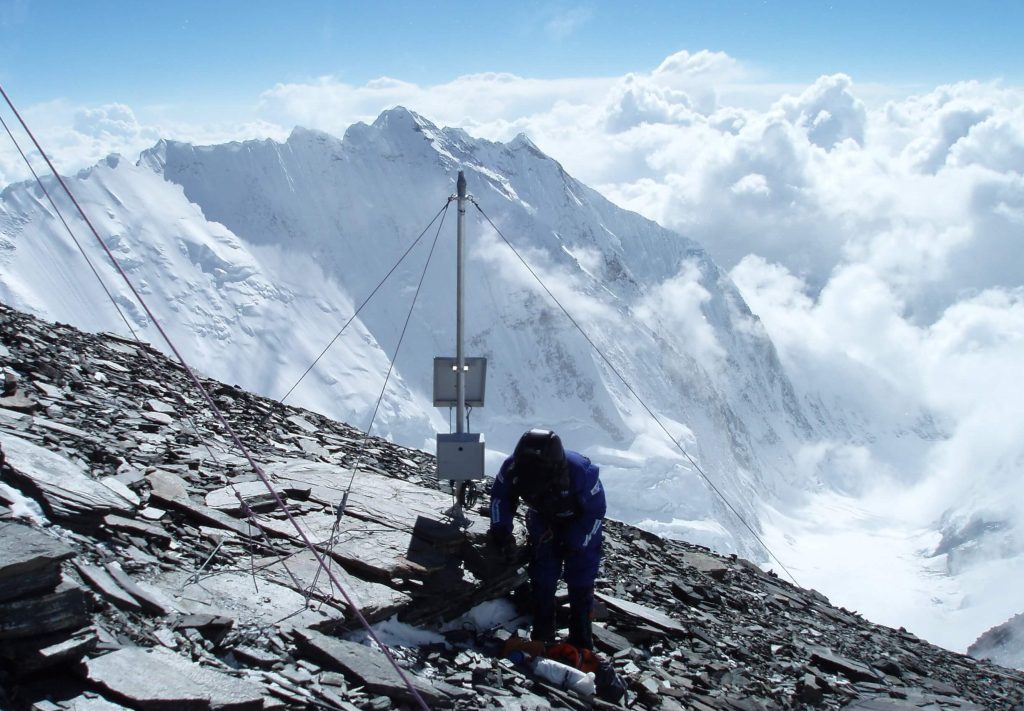


 Email
Email sales:+86 15366749631
sales:+86 15366749631

